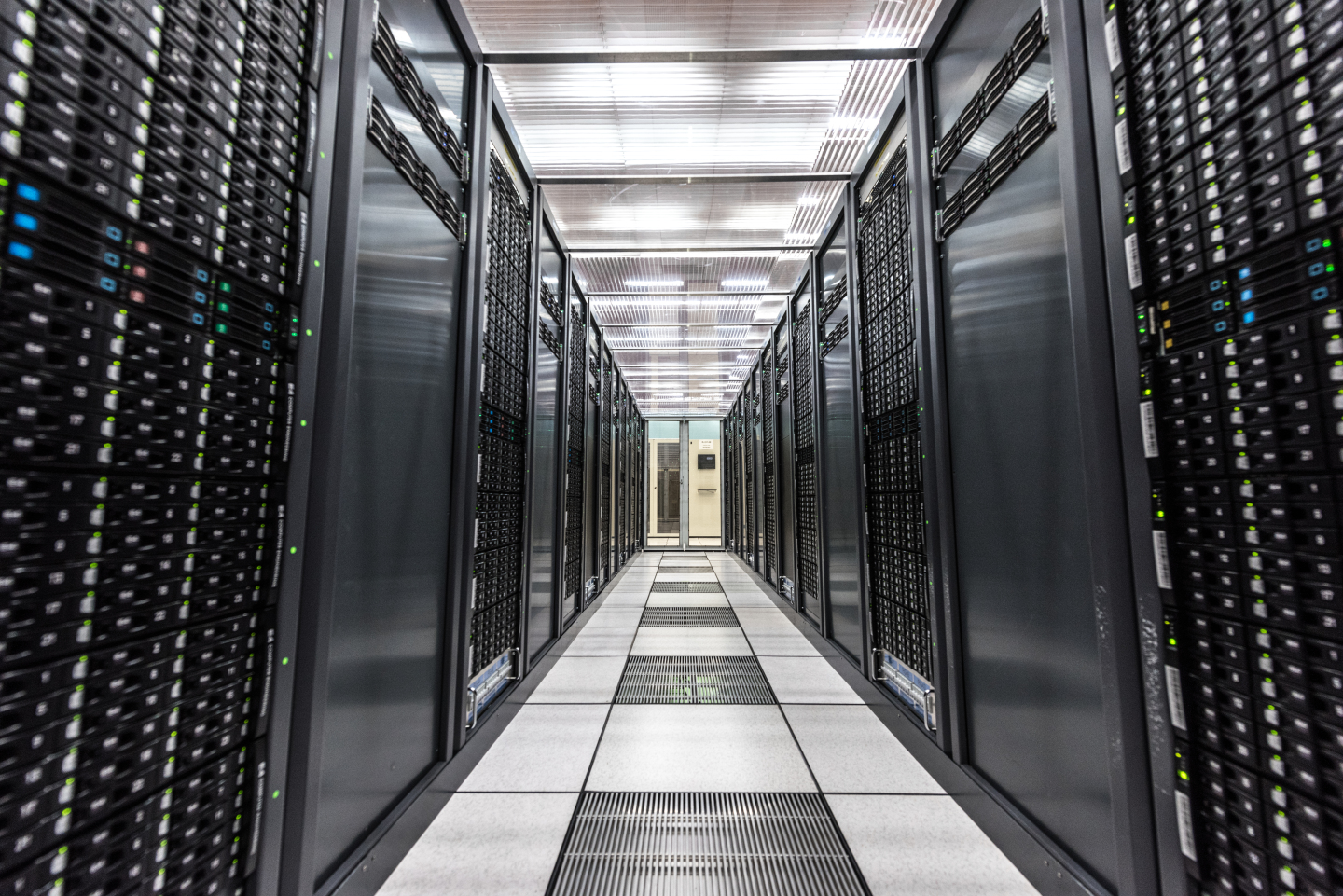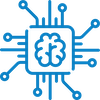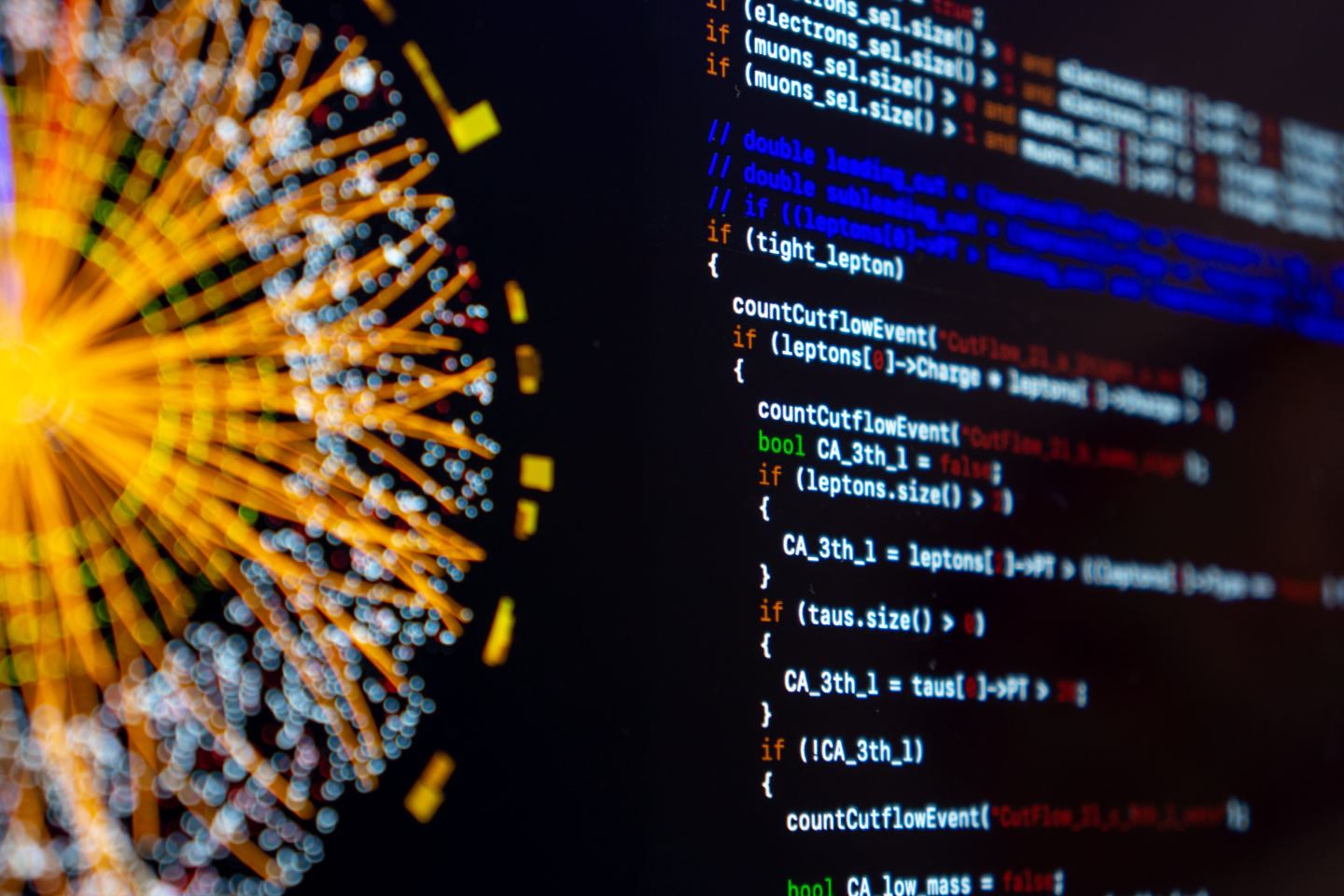Software & Computing
The ATLAS Computing System analyses the data produced by the ATLAS detector
The ATLAS software and computing system processes and stores the vast amounts of collision data collected by the detector. The data are then distributed to physicists at institutes around the world.
All members of the ATLAS Collaboration have equal access possibilities to all ATLAS data
Independently of their geographical location, thanks to the Worldwide LHC Computing Grid. ATLAS computing infrastructure and software are constantly evolving – with the help of members of the Collaboration.



ATLAS records over 10,000 TB of data per year
ATLAS records over 10,000 TB of data per year – that’s equivalent to 320,000 hours of 4K streaming. The data are distributed to over 130 computing centres worldwide – located on every inhabited continent – and filtered according to the needs of individual physics analyses. As part of these analyses, ATLAS processes 25,000 TB of data every week.
The ATLAS computing system uses custom software that converts the raw signals from the detector into information that physicists can study. By piecing together individual detector signals, the software is able to reconstruct the paths of particles, identify their particle type (e.g. electrons or muons) and much more.
Open Software
ATLAS software is public under an APACHE 2.0 license and totals more than 5 million lines of code. It is under constant development by members of the Collaboration, as they implement the latest technologies and analysis techniques.


